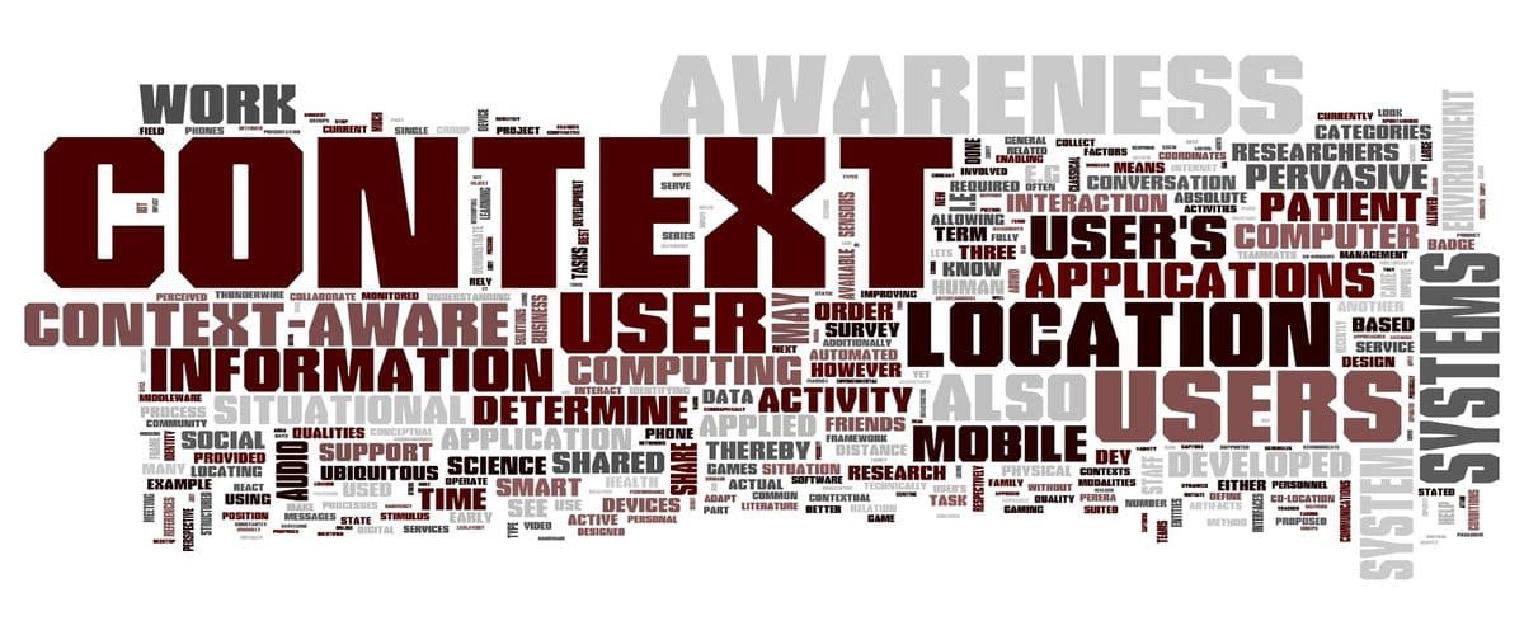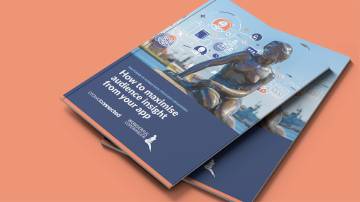Location Data has a place, but don’t expect it to provide context

Context is a popular topic in marketing. But Contextual Marketing is getting confused with Proximity Marketing.
A few years back Robert Scoble and Shel Israel wrote a book ‘Age of Context’. Great emphasis is placed on location. Verging on the view that location IS context
If you google ‘Thai’ say Scoble and Israel, you may be searching for information about the country, or for a Thai restaurant. You know what you’re searching for. The challenge is for the search engine to know, without you having to supply the context (search for “Information about Thailand” or “Location of Thai restaurants near me”).
For searches like this, context is just filling in the missing pieces. You’ve established that you want information, and context can help the search engine make sense of an abbreviated search.
But ‘Context’ has been taken firmly into the world of push marketing now. The idea is to use information about your searches, your location, your activity etc. The resulting ‘context’ can be used to send a notification to you, ‘in the moment’.
This isn’t really context. Without a user initiated search to indicate an immediate intention, it’s prediction. Location data can provide context to a search. But it isn’t enough to make push marketing contextual.
Proximity doesn’t provide context
Proximity - what you’re near right now - is pretty good for search context. Search for ‘Thai Restaurant’ and your location means you get results of restaurants nearby, not 100 miles away. But even that is a guess that won’t always be right. Maybe you’re off on a trip tomorrow, and you want to search out some suitable restaurants in advance.
Current location, however, is pretty poor for prediction. You can’t assume that everyone passing by your restaurant has indicated an intent to come in through their context.
Maybe sending an offer to everyone as they walk past - is pretty flawed. Without some other cue - like searching - we’re trying to predict intent just based on current location. That’s never going to work.
There’s a nice line in the book ‘The Fourth Transformation’, which refers to ‘Customer dumbification, in which every marketer assumes every person within range of any given location should get suggestions and instructions.’
Even your entire Location history - including all your previous trips to Thai restaurants, is unlikely to provide enough predictive power to know exactly when you are going to want a Thai meal. It’s almost impossible to predict future purchasing intent just from location.
The value of location histories
If however we move from marketing to re-engineering the customer experience, location histories can be of real value.
Moving inside the restaurant, ‘always on’ location data can tell us that someone has been waiting in line at the front desk for 20 minutes. It can tell us that they arrived via the taxi rank, so we can order a cab automatically as they’re leaving.
Predicting when someone is going to want a cab is really positive for the customer experience. It’s also entirely possible, because we’re not operating cold, trying to predict a purchase. The intention is already real (there’s a visit to the restaurant in progress.) Now we can pick up further behavioural clues just from the location history.
This is completely different to the proximity marketing use case. Trying to use current location to predict purchasing intent.
If you want to move beyond proximity marketing and start re-engineering customer service, you need to change the definition of ‘location context’:
- Location context has to include the customer’s location history. Location right now just isn’t enough
- Location context can help predict the customer’s next move. But it’s hopeless for predicting purchasing intent cold.
- Location context is a great tool for re-engineering the customer experiences. But it’s much less valuable for push marketing.


